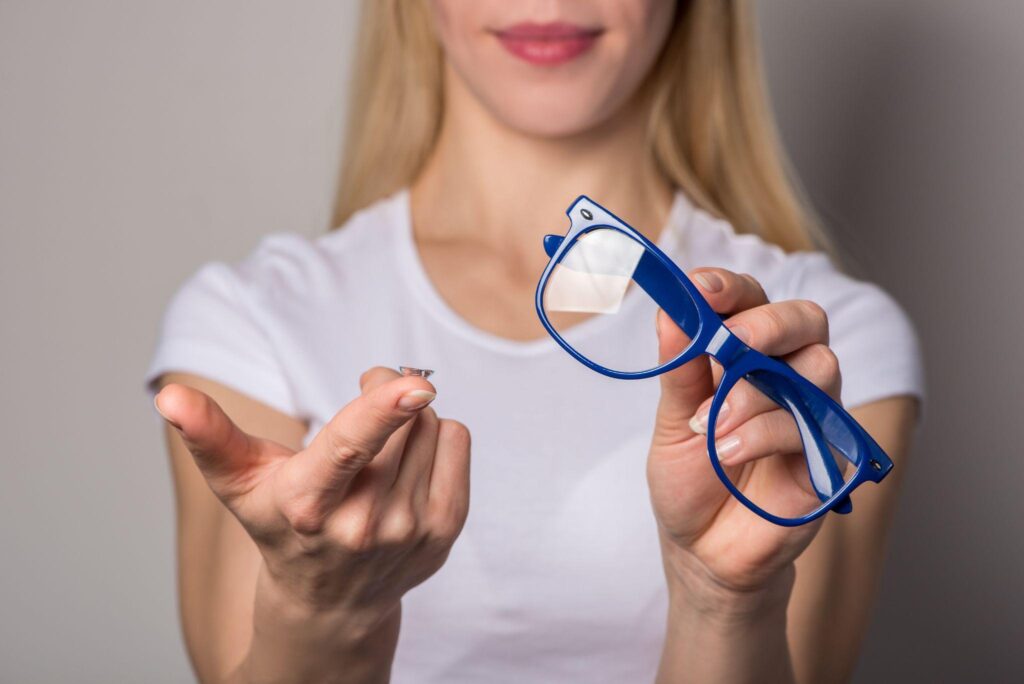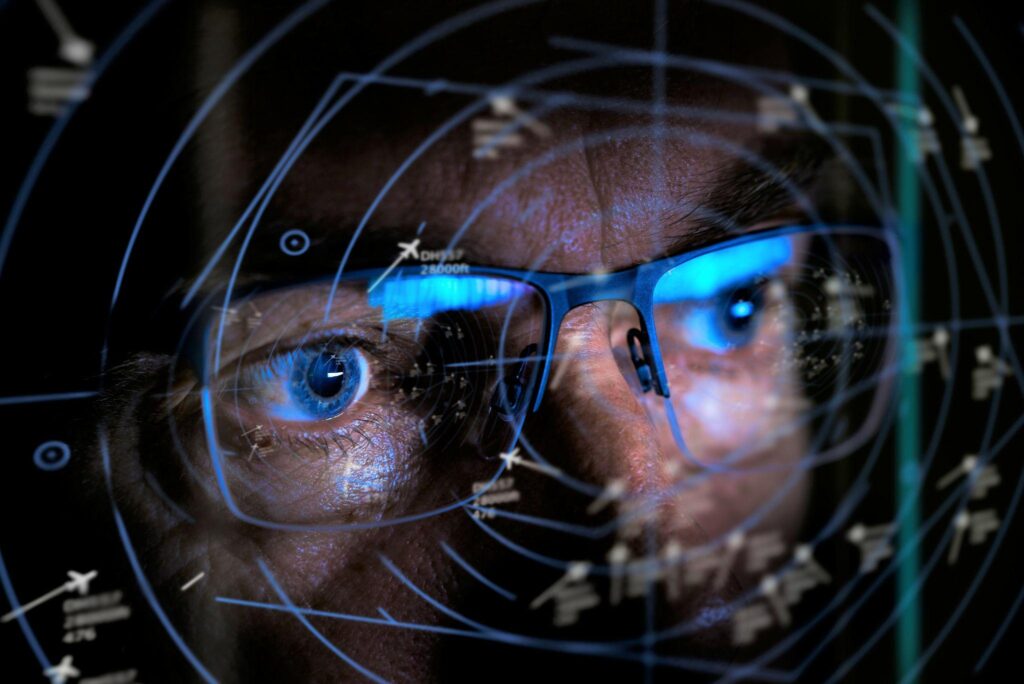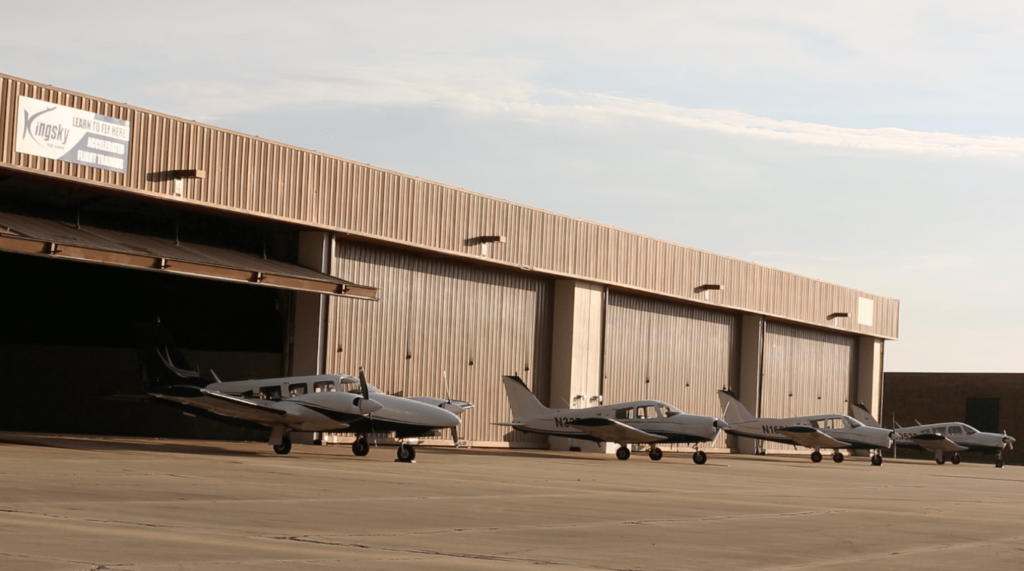If you have less than perfect vision, you may be wondering if you can be a pilot with glasses or contact lenses. The FAA vision requirements vary by which type of pilot you wish to become, by your age, and by the results of your medical examination.
Can Pilots Wear Glasses or Contacts?

The FAA allows pilots to wear corrective glasses or contact lenses as long as these aids can correct their vision to 20/20 or to meet the requirements for the license they are pursuing. The FAA considers visual acuity to be vital to all pilots because:1
- Distance vision is required for takeoff, landing, navigation, and attitude control.
- Distant vision is essential to avoiding midair collisions.
- Near vision is necessary for checking maps, charts, and radio frequencies.
- Close and intermediate vision is required for monitoring instruments in the aircraft.
- Color vision is required to identify beacons and signal markers.
What Are the FAA Requirements for Pilot Vision?

To receive a first- or second-class medical certificate from an airline medical examiner, a pilot must have:2
- Distant vision of 20/20 or better in each eye, with or without corrective lenses
- Intermediate vision of 20/40 or better in each eye, measured at 32 inches, with or without corrective lenses
- Near vision of 20/40 or better in each eye, measured at 16 inches, with or without corrective lenses
- Color vision sufficient to perceive those colors necessary for safe performance of duties
A first-class medical certificate qualifies for the ATP license, which is required for airline pilots. The second-class medical certificate is required for commercial pilots. Private pilots need only a third-class medical certificate, which allows 20/40 or better for near and distance vision, with no requirements around intermediate vision.
Nearsighted pilots are required to wear glasses or contacts at all times while operating an aircraft and to carry an extra pair of glasses or contacts with them. Farsighted pilots and those who might require reading glasses for close vision are required to have their glasses available at all times.
What Types of Glasses or Contacts Are Not Allowed for Pilots?
Pilots may wear contact lenses that correct their vision but should avoid monovision contact lenses. These contacts use one eye for distance and the other for near vision and may impair depth perception. For these reasons, they are not allowed by the FAA while flying an airplane.
Pilots may have refractive eye surgery (lasik or corrective eye surgery) provided they have a successful result that allows them to meet the medical examination requirements, with or without corrective lenses. Corrective eye surgeries occurring after you become a pilot must be reported to the FAA.3
Do You See Yourself as a Pilot?

Private pilots and those over age 50 do not need perfect vision to become a pilot. If corrective lenses allow you to achieve 20/20 distance vision and 20/40 near and intermediate vision, you can become a commercial or airline pilot, provided you meet the other requirements.
If you see yourself taking to the skies as a pilot, we can help you through every step of the process. Choosing a fully accredited and safe flight school with a wide range of programs to fit your personal goals can help your dreams take flight.
Contact us today to find out more or enroll in Kingsky Flight Academy in sunny Lakeland, Florida. Whether you are looking to advance or just starting out, our dedicated instructors are ready to take you to the skies.
Sources:
